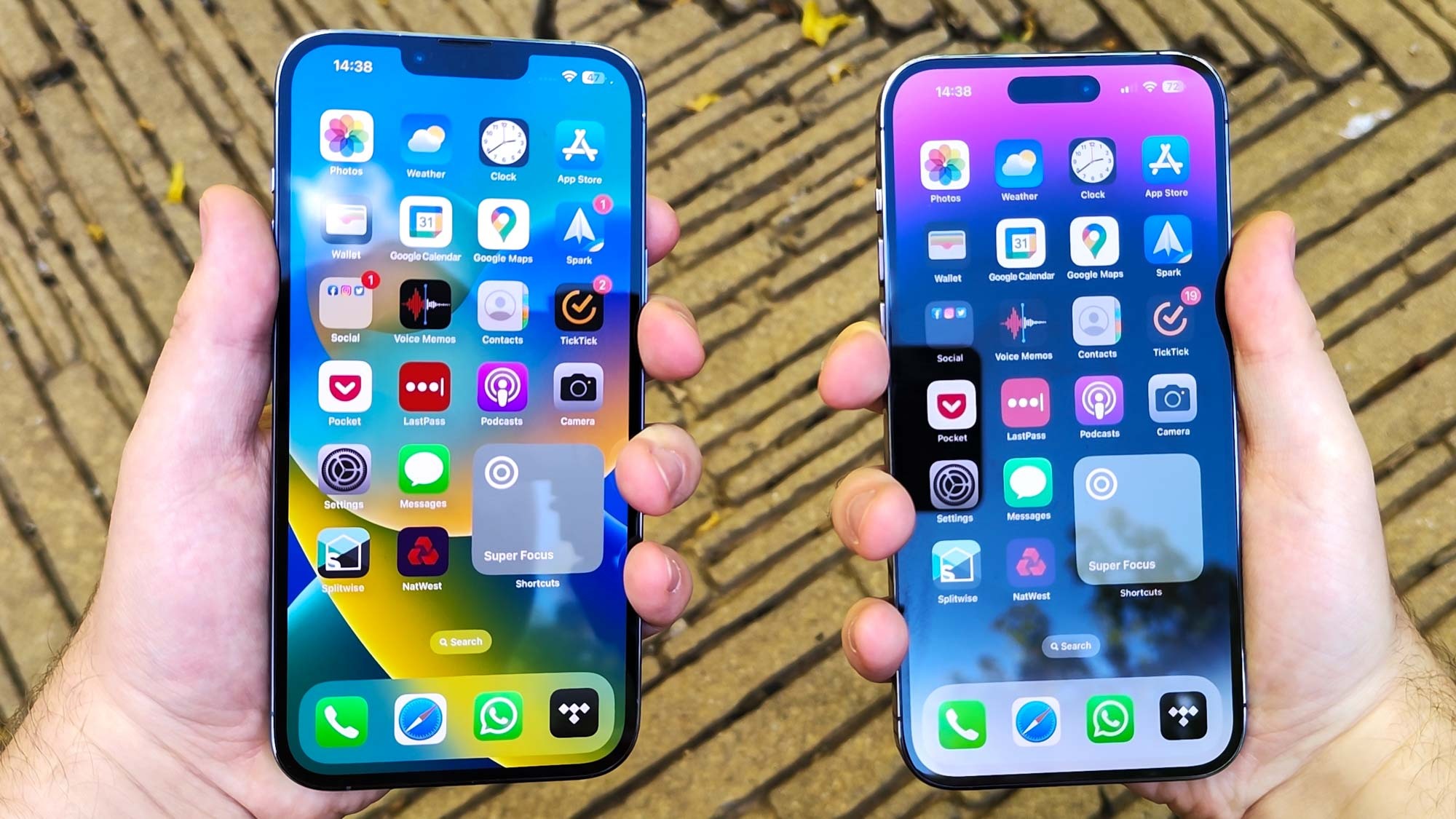iPhone 14 Pro's chip reportedly costs more than double iPhone 13 Pro
Non-Pro iPhones persisted with cheaper A15 chip this time around

While much of the world saw iPhone price hikes this year, in the United States, Apple stuck doggedly to familiar MSRPs. The iPhone 14 Pro Max starts at $1,099 — the same dollar price tag that the iPhone 13 Pro Max, right down to the iPhone 11 Pro Max had when it debuted in 2019.
But behind the scenes, the iPhone 14 Pro models are the most expensive handsets Apple has manufactured so far, according to a teardown undertaken by Nikkei Asia and Fomalhaut Techno Solutions. Overall, the analysis claims, the iPhone 14 series’ production costs are 20% higher than the 13’s.
The majority of this increase is taken by the iPhone 14 Pro series, and in particular, Apple’s A16 Bionic chipset, which is exclusive to the high-end handsets. The report estimates that the chips cost Apple $110 a time — more than 2.4 times the cost of the A15 used in the previous generation’s Pro models.
This means that an iPhone 14 Pro Max will cost Apple $501 in parts, the site reckons, which is up more than $60 on the iPhone 13 Pro Max. Part costs have been between $400 and $450 for Apple since 2018, it continues, meaning this is a steep increase for Apple, and one which it is apparently content to absorb for the United States market.
Worth the cost?
These are only estimates, of course, with only Apple and its chip manufacturer TSMC knowing the true price of the A16. But taking the report at face value, does the chip justify the price increase?
In our iPhone 14 Pro benchmarks, we found the smartphone managed 1,891 in the single-core test and 5,469 in multi-core. The iPhone 13 Pro with its A15 chip, meanwhile, managed 1,733 and 4,781 in the two tests, meaning you get a boost of around 10-15% this generation.
Given both scores comfortably beat the current fastest Android chip (Qualcomm’s Snapdragon 8 Plus Gen 1 scored 1,328 and 3,831 in the same test), you can certainly make the argument that it simply isn’t worth the extra spend. Through that lens, Apple was right to keep the A15 for the basic iPhone 14.
Sign up to get the BEST of Tom's Guide direct to your inbox.
Get instant access to breaking news, the hottest reviews, great deals and helpful tips.
But the progress in itself is important — not just for Pro buyers who want the most bang for their buck, but in terms of efficiency too. The A16 chip is made to the 4nm process, while the A15 persists with the 5nm one. Next year’s A17 chip could be made to the 3nm process, and there’s talk of TSMC hitting 2nm in 2025. All of this will provide more power and more efficiency for the iPhones of the future.
And for consumers, picking the iPhone 14 Pro isn’t just about the modest performance gains: you get the better camera system, the 120Hz ProMotion screen and the always-on display which all adds up to a significant upgrade overall.
All the same, my advice for people considering the basic iPhone 14 remains the same — look for a refurbished iPhone 13 Pro instead.
Freelance contributor Alan has been writing about tech for over a decade, covering phones, drones and everything in between. Previously Deputy Editor of tech site Alphr, his words are found all over the web and in the occasional magazine too. When not weighing up the pros and cons of the latest smartwatch, you'll probably find him tackling his ever-growing games backlog. Or, more likely, playing Spelunky for the millionth time.

